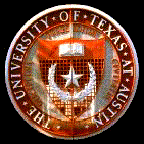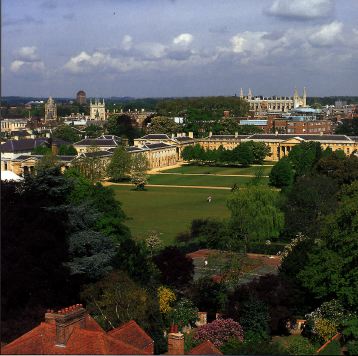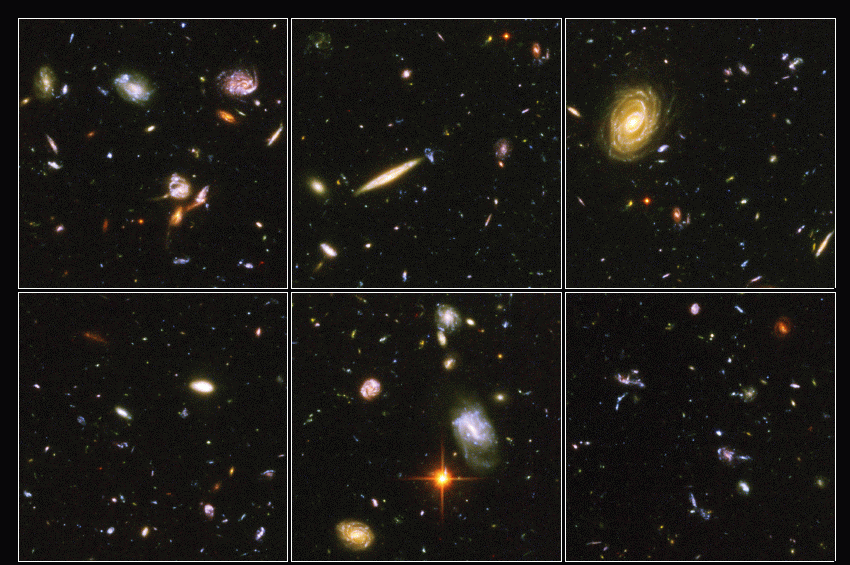
Department of Astronomy
The University of Texas at Austin
1 University Station C1400, RLM 16.224
Austin, TX 78712-0259
Email: sj@astro.as.utexas.edu
Phone: (512) 471 3302
Fax : (512) 471 6016
Office : RLM 15.214
URL : http://www.as.utexas.edu/~sj


|
Dr. Shardha Jogee Department of Astronomy The University of Texas at Austin 1 University Station C1400, RLM 16.224 Austin, TX 78712-0259 Email: sj@astro.as.utexas.edu Phone: (512) 471 3302 Fax : (512) 471 6016 Office : RLM 15.214 URL : http://www.as.utexas.edu/~sj |

|
|
Education |
|
|
Appointments |
Dr. Shardha Jogee is a Professor in the Astronomy Department at the University of Texas (UT) at Austin. She is currently the Chair of the Astronomy Department, which is the home of over 200 members, including faculty, students, researchers, and staff. She decided at an early age and against all odds to pursue a career in astrophysics. She holds a Bachelor's degree in Physics from the University of Cambridge in England, and Master's and Ph.D. degrees in Astronomy from Yale University in the USA. Prior to joining the faculty at UT Austin, Dr. Jogee conducted research at Caltech and the Space Telescope Science Institute, which oversees the scientific operations of NASA's Hubble Space Telescope and the future James Webb Space Telescope. At UT, Dr. Jogee's scientific research explores how galaxies and their constituent stars, black holes and dark matter halos grow across cosmic time, using NASA's space telescopes, McDonald Observatory and other ground telescopes, and the Texas Advanced Computing Center. She is a member of several international science teams, has won external grants totaling over $3M and authored 180+ publications with over 6,800 citations. Dr. Jogee is a member of the 2014 Leadership Texas class. She strongly supports a broader participation of young women and under-represented groups in STEM and the essential partnership between researchers, government, the private sector, and philanthropists in advancing society. |
|
Short Bio
|
|
|
CV + Publications
|
|
|
Research |
|
|
Teaching |
|
|
Public Outreach |
|

|

|
The Hubble Ultra Deep Field (HUDF), the deepest visible-light image ever made of the Universe, (Credit: NASA, ESA, S Beckwith and HUDF home team ) shows the first galaxies to emerge from the so-called "dark ages," (the time shortly after the big bang when the first stars reheated the cold, dark universe), and chronicles a period when the universe was younger and more chaotic, with violent interactions between galaxies.
Please see CV for a detailed list. Below are a few selected activities: